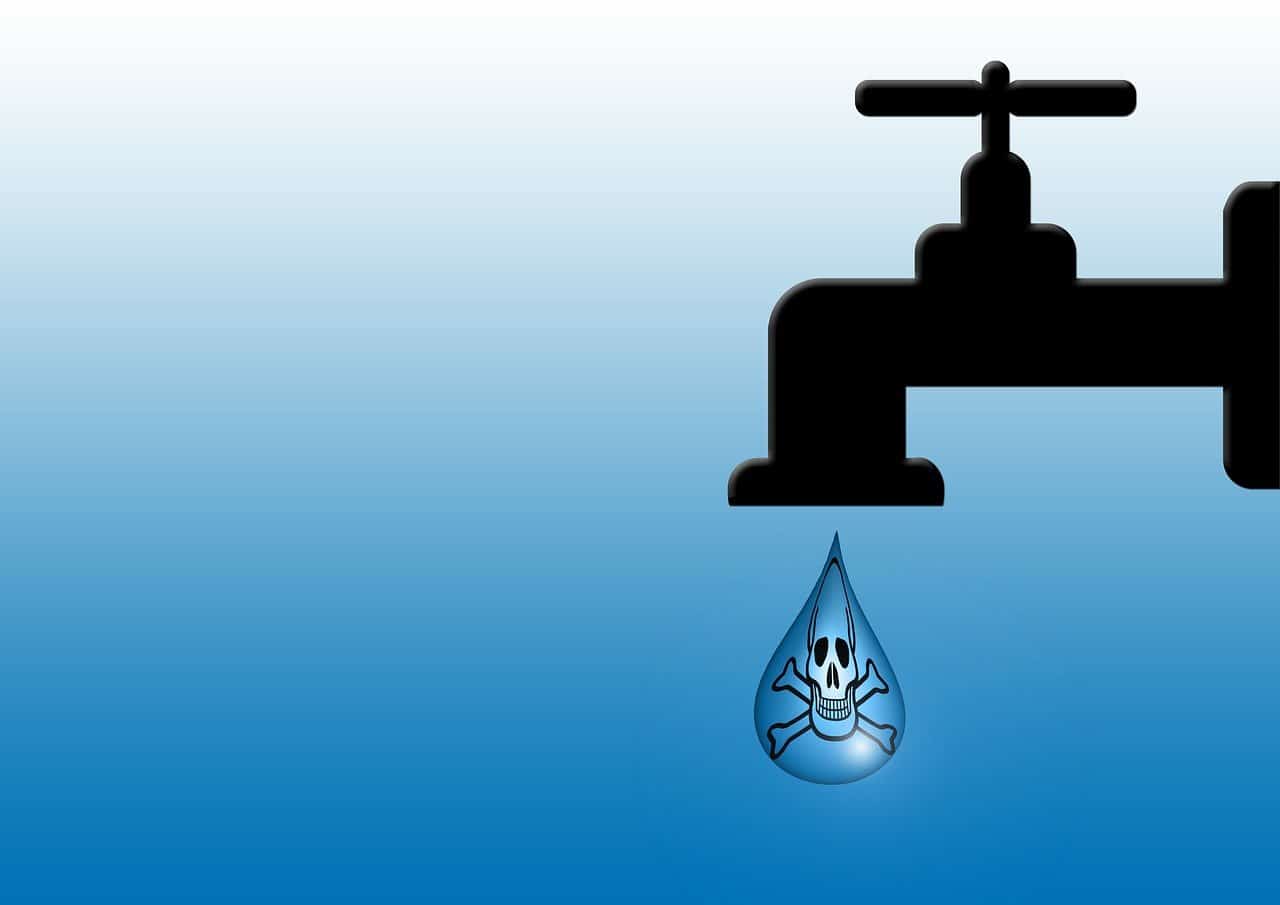The Talamanca region, known for its natural beauty and protected areas, today faces a complex reality due to a severe water shortage. The history of this canton dates back approximately 100 years, when banana companies abandoned farms in Sixaola. This abandonment left hundreds of people without drinking water at home, as these companies had previously provided the service while the State did not assume responsibility.
The region’s protected areas and indigenous peoples have preserved the mountains and forests that contain the richest sources of water in the rainiest part of the country. Although water is available in Talamanca, there are no studies identifying the best sources or determining where wells can be drilled to supply the communities. A drought lasting more than two years has further exacerbated water deficits in the aqueducts.
In Amubri, on the other side of the Telire River in the Bribri Indigenous Territory, the community aqueduct supplies more than 2,800 people. The community suffers the consequences: during the dry season of 2023, daily water cuts were implemented, and water quality issues have emerged due to the presence of fecal coliforms and bacteria that could cause disease.
Meanwhile, on the southern Caribbean coast—primarily in Cahuita—most of the water extraction points granted by the State are concentrated. Notably, this is also the area being developed by real estate contractors, with foreigners seeking to build houses.
However, the Institute of Aqueducts and Sewers (AyA) is not granting any new water availability permits due to the water deficits in both Cahuita and Hone Creek-Puerto Viejo. This situation raises questions about the supervision and control of constructions in the area.
Addressing this crisis will require comprehensive territorial planning, upgraded aqueducts with enhanced water resources, better data for investment decisions, and the implementation of large-scale projects. Nonetheless, it appears that there is still a long road ahead before authorities can resolve the problem.
José Miguel Zeledón Calderón, head of the Water Directorate, stated that AyA is overwhelmed and failing to comply with its mandate to ensure that drinking water reaches all homes. “The AyA needs a change. It is still operating as it did in the 1950s and requires a legislative update to become a more agile and efficient institution,” he said.






